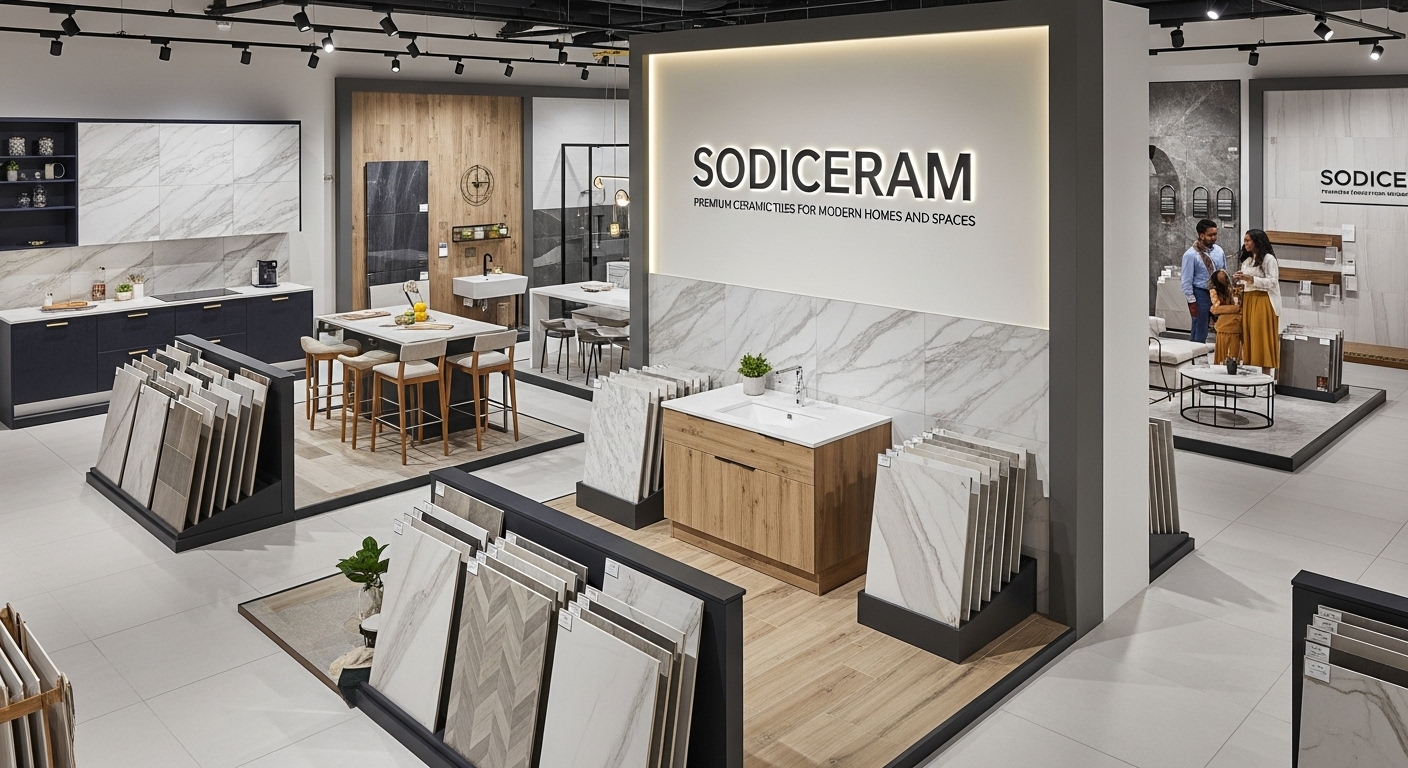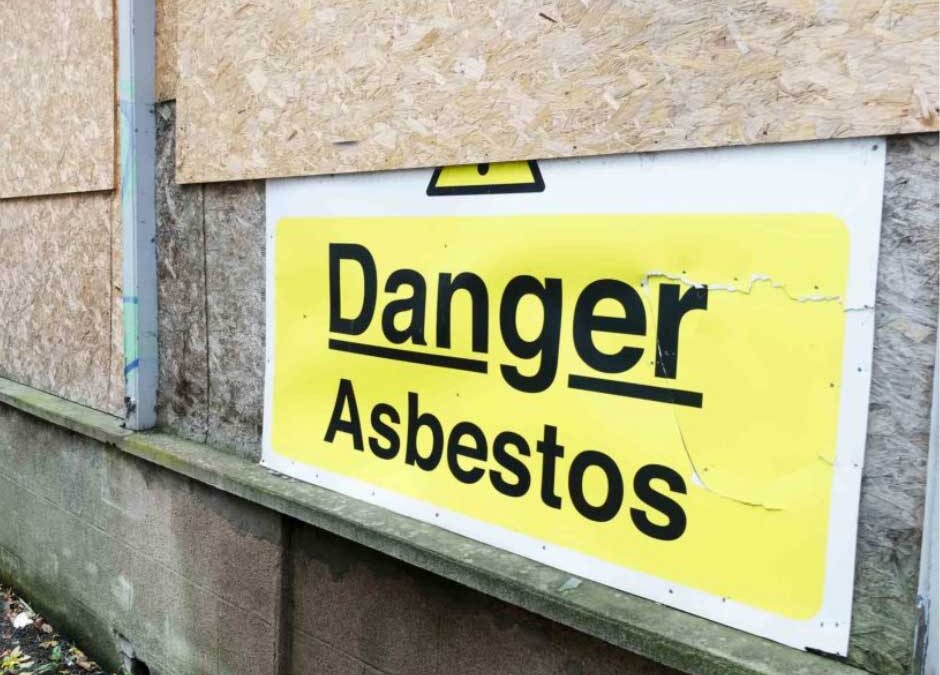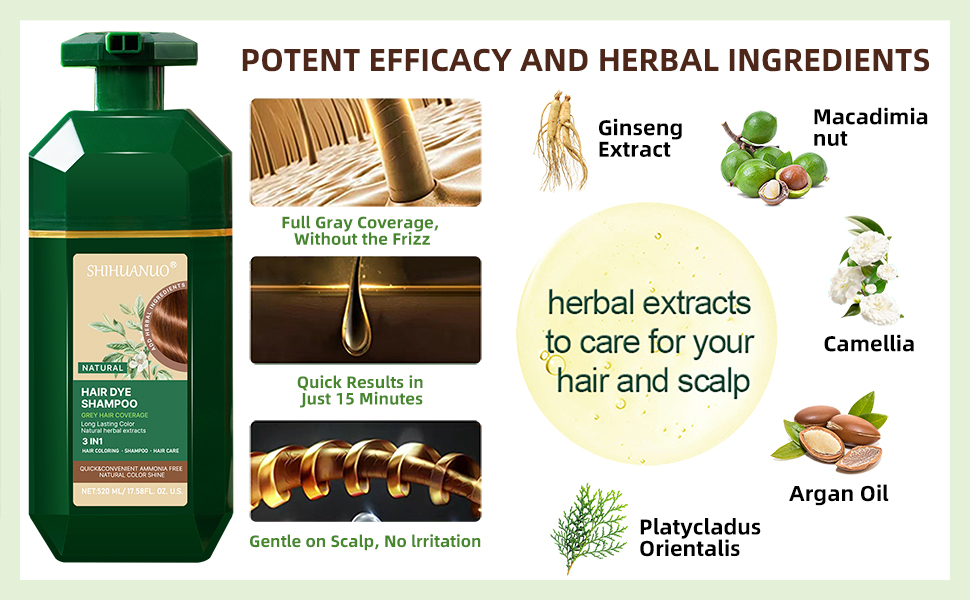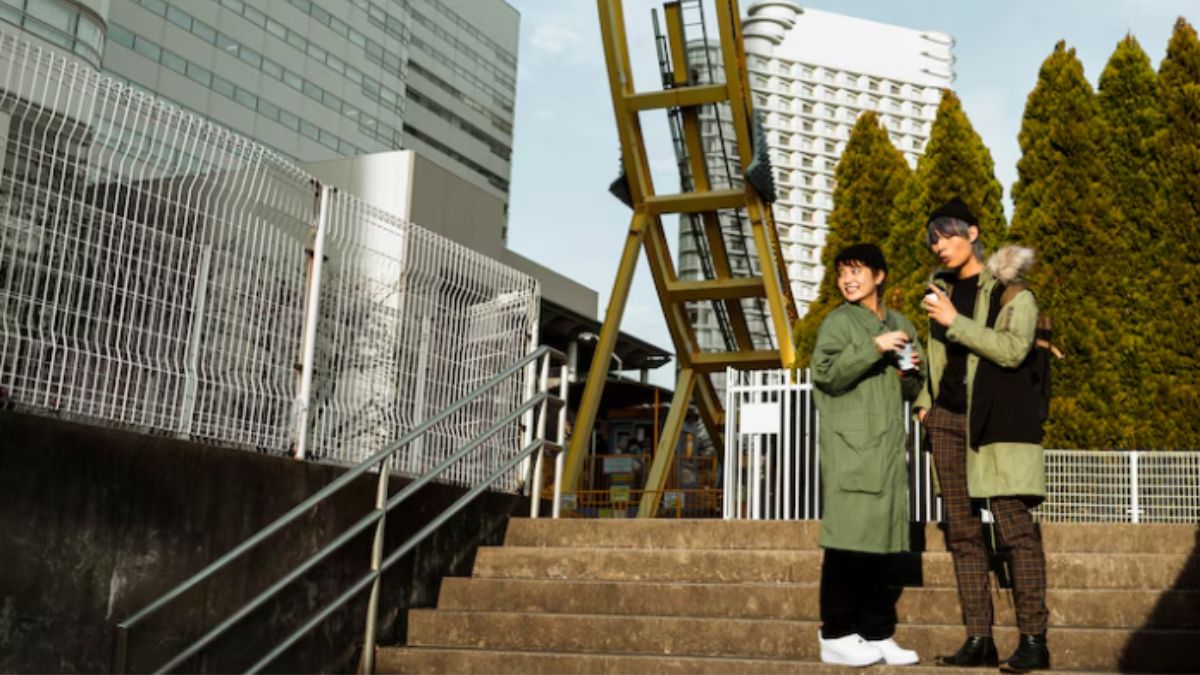1. Introduction
Sodiceram is an emerging term in the world of ceramic materials, and it refers to a new class of ceramics enhanced with sodium-based compounds. These ceramics are specially engineered to offer improved strength, better heat resistance, and lower porosity compared to traditional ceramic materials. In simple terms, sodiceram is a smarter and more advanced form of ceramic that not only looks beautiful but also performs exceptionally well under harsh environmental conditions.
In recent years, architects, interior designers, engineers, and industrial experts have shown growing interest in sodiceram because it promises durability along with aesthetic appeal. Whether it is used in modern luxury homes, high-traffic commercial floors, laboratories, or high-temperature industrial components, sodiceram has started gaining recognition as a reliable material.
The following guide explains everything about sodiceram in a clear and structured way—from how it is made, its composition, advantages, applications, and comparison with traditional ceramics, to its challenges and future potential.
2. The Science & Manufacturing of Sodiceram
2.1 Raw Materials
The making of sodiceram begins with high-quality raw materials such as fine clay, feldspar, silica, and carefully measured sodium-based compounds. These substances are mixed to form the initial ceramic body. The presence of sodium helps in reducing the porosity of the ceramic and enhances its bonding strength once it is fired at high temperatures.
2.2 Production Process
The manufacturing process of sodiceram generally consists of the following stages:
- Mixing and Grinding: All raw materials are mixed and finely ground into a smooth powder.
- Sodium Infusion: Sodium compounds are added to the ceramic mixture, which helps strengthen the material at a microscopic level.
- Shaping and Molding: The mixture is then shaped into tiles, slabs, or industrial components using pressing or extrusion methods.
- High-Temperature Firing: These shapes are fired in a kiln at temperatures ranging from 1100°C to 1300°C. During this stage, vitrification occurs, meaning the ceramic becomes glass-like, dense, and durable.
- Finishing and Polishing: Digital printing, glazing, polishing, and texture application are done to enhance the final appearance of sodiceram.
2.3 How Sodium Improves Performance
Sodium plays an important role in the structure of sodiceram. It reduces the water absorption capacity, makes the surface smoother, and fills microscopic gaps that normally weaken traditional ceramic tiles. This leads to:
- Higher mechanical strength
- Better resistance against cracks and chipping
- Lower porosity and better hygiene
- Stronger bonding between grains in the ceramic matrix
3. Key Advantages & Features of Sodiceram
Sodiceram is gaining popularity due to several advantages. These include:
3.1 Mechanical Durability and Strength
Sodiceram is harder and more resistant to impact, scratches, and heavy loads. Unlike traditional ceramics that may crack under pressure, sodiceram can withstand high-traffic areas like shopping malls, hospitals, airports, and commercial kitchens.
3.2 Thermal Stability and Shock Resistance
One of the biggest strengths of sodiceram is its resistance to sudden temperature changes. For example, when a hot cooking utensil is placed on a cold surface or during industrial heat cycles, traditional ceramics often crack. In contrast, sodiceram handles such temperature shocks much better.
3.3 Chemical and Water Resistance
Sodiceram has low water absorption, which means it does not allow moisture to enter easily. This makes it ideal for use in bathrooms, pools, labs, and kitchens. It also resists chemicals like acids and alkalis, which is highly beneficial in laboratories and industrial areas.
3.4 Aesthetic and Design Flexibility
Sodiceram offers the same beauty as porcelain or marble but with added strength. It can be produced in various designs, textures, finishes (matte, glossy, stone-like), and even digitally printed to mimic wood or natural stone.
3.5 Sustainability and Long Life
Because sodiceram is more durable, it needs fewer replacements and repairs, reducing long-term waste. Many manufacturers also use energy-efficient kilns and recycled materials, making sodiceram a more environment-friendly option.
4. Applications & Use Cases
Sodiceram can be used across multiple sectors due to its multifunctional properties.
4.1 Architecture & Interior Design
In residential and commercial spaces, sodiceram is commonly used for:
- Floor tiles in living rooms, malls, offices, restaurants
- Wall cladding and bathroom surfaces
- Kitchen countertops and tabletops
- Exterior facades that face rain, dust, and humidity
4.2 Industrial & Technical Applications
In industries, sodiceram is used to make components that face high temperatures, friction, or harsh chemicals. These may include:
- Furnace linings
- Automotive and aerospace parts
- Chemical plant surfaces
- Laboratory worktops and shelves
4.3 Household and Consumer Products
Sodiceram is also used in everyday products such as high-end cookware, heat-resistant dishes, electrical insulators, and decorative home accessories.
5. Comparison Table: Sodiceram vs Traditional Ceramic
| Feature | Traditional Ceramic | Sodiceram |
|---|---|---|
| Water Absorption | Higher | Much lower |
| Mechanical Strength | Average | Higher & more durable |
| Thermal Shock Resistance | Moderate | Excellent |
| Chemical Resistance | Basic | Strong acid and alkali resistance |
| Design Options | Limited | Highly customizable |
| Maintenance | Requires frequent care | Easy to maintain, long-lasting |
6. Challenges & Considerations
While sodiceram has many advantages, there are also some challenges that buyers, architects, or engineers should consider:
- Higher Initial Cost: Sodiceram can be more expensive than traditional ceramic or porcelain tiles. However, long-term durability makes it cost-effective in the long run.
- Limited Awareness: Many people still do not know about sodiceram, which affects its demand and production.
- Availability: In regions like South Asia or Africa, sodiceram may not be readily available and might need to be imported.
- Installation Requirements: Because of its strength and density, proper tools, adhesives, and skilled labor are required during installation.
- Authenticity and Certification: Before purchasing, it is important to check whether the product meets industry standards and has proper testing certificates.
7. Tips for Using and Selecting Sodiceram
If you are considering using sodiceram for a project, here are some useful points to remember:
- Request a technical data sheet including details such as water absorption rate, tensile strength, thermal shock resistance, and breaking strength.
- Compare multiple suppliers to ensure fair pricing and quality assurance.
- Make sure the surface below (substrate) is level and clean before installation.
- Use recommended adhesives and grouts compatible with sodiceram to avoid cracks or weak bonding.
- Regular cleaning with mild cleaners is enough, as sodiceram does not absorb stains quickly.
8. Future Trends & Market Outlook
The market for sodiceram is expected to grow as more people shift towards high-performance and sustainable building materials. Researchers are exploring ways to make sodiceram even stronger using nanotechnology and advanced composite designs. In the future, we may see sodium-infused ceramics being used in solar panels, electric vehicles, and smart infrastructure.
9. Conclusion
Sodiceram is an innovative step in the world of ceramic materials. With its unique combination of beauty, strength, thermal resistance, and sustainability, it is becoming a preferred choice for modern architecture and industrial applications. Though slightly higher in cost, its long-term durability and low maintenance make it a valuable investment. Whether you are an architect, interior designer, engineer, or homeowner, sodiceram offers a perfect balance between technology and elegance.
Other Articles
Asbestlint – Complete Information Guide














Leave a Reply